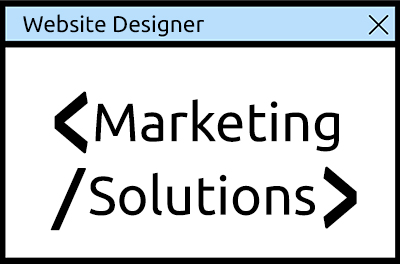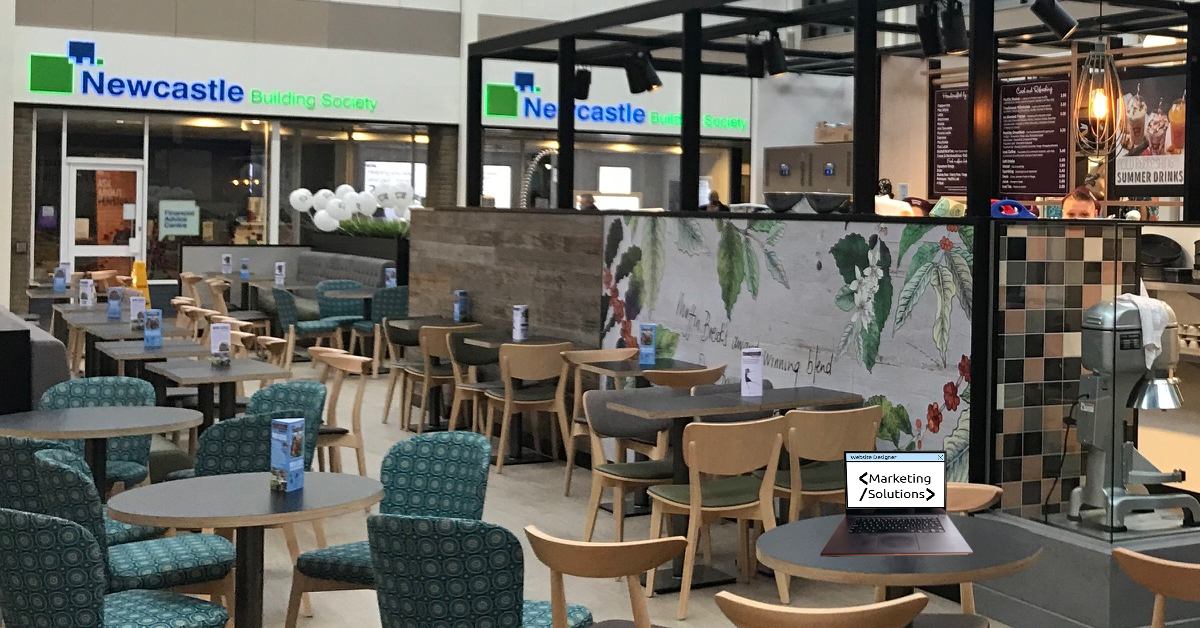Most clients and designers alike tend to think that the first step of building a website is to create the layout of the website, or maybe plan the structure of the website in a flow chart. The truth is that these are NOT the first step to building a Website, although they are essential to overall web development.
The first true step to building a website is to research and define the key search terms for the new site. These key terms are the central hub for the site development as they define niche, audience, tone and design and structural elements. So, before diving into how the website will look or site flow, take your time to define the best domain for the site, and summarise the niche and audience/demographic you are aiming towards. Choosing the best domain name is key, as it defines the web presence and first impression; While keywords are important in a domain name, it is even more essential that you choose a domain name that truly captures and delivers your unique presence.
So, you ask, how does Search Engine Optimization relate to the actual web design? SEO tools and methods are the world of bots, directories, backlinks, hidden Meta Tags, keyword density and SERPs. Yet SEO is an integral and critical part of Web design as it also involves visual impact, creative thinking and responsive development and re-development.
In general, web designers will initiate SEO development as they build the Web site. Making sure the site is visually accessible and even how fast the page loads can affect Search Engine Ranking these days. So, the creation and management of visual design elements will affect how a Website is indexed by search bots and will therefore become a factor in how many visitors see the site; in effect, SEO becomes part of design and design becomes a factor in SEO.
So, SEO and web design share these two key values: Attraction and Delivery.
So, SEO and web design are more readily seen as separate areas by involving different tools, delivery and approaches. However, they do eventually point to the same goal – to attract and deliver.
ATTRACTION
Attracting a visitor, whether it is a human or an algorithmic robot, takes research and skill. To bring SEO and Web design together to define their nature to attract, we need to look at the “Internet coin” – say heads for the public, where all content is viewed without security access levels and tails for the back end development. A key-value and goal of a successful website is to maintain a high level of accessibility via search engines and design flow. This is achieved by the initial work of the focused development of the Website to be as attractive as possible (in word and image) with the following, responsive development to how the public side of the site is evaluated by search engines and visitors. The two sides of a coin create a unity of value, one side inherently needed by the other to hold value.
DELIVERY
But as a coin carries a pre-supposed value, a website listing high in Google’s rankings pre-supposes its value over sites listed on deeper page results. Money’s worth is only ever truly felt when it is transferred from one human or group to another. Having millions is one thing, but the value of these millions comes down to its exchange for something that the person values more. This is true for any website, its success lies in its delivery of something of value to its visitors (both human and bots), otherwise, it is worthless.
Design and SEO both are crafted to equally create a Web site’s value, since they are equally responsible for delivery of information. As a web designer, I have increasingly become aware of how important it is to have a strong attractive design, but the strongest design is one that surrounds and supports the content and helps delivery of information. Edit this text
Is SEO actually web design? Yes, it is. We can separate the two during the development process since they require different production methods and analysis, but the essential, integral nature and end goal of both processes joins them together, like the two sides of a coin.



